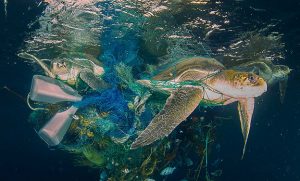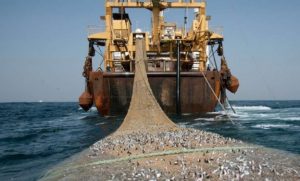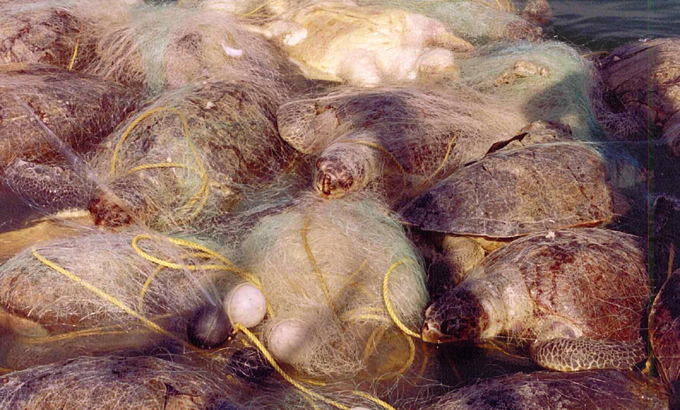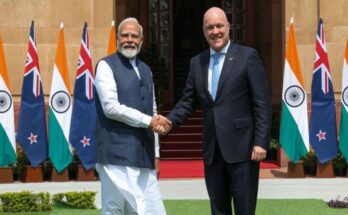By Ashutosh Mishra
Between November and May every year, the Odisha coast gets littered with the carcasses of thousands of endangered Olive Ridley turtles that traverse across oceans to reach this part of the Bay of Bengal. A majority of them get choked by the gill-nets of fishing trawlers, while others fall prey to the propellers of these vessels that hit them hard.

Even smaller mechanised boats referred to as “bhutbhutis” in the local parlance in districts like Kendrapara pose a threat to these eco-sensitive creatures. The state, under tremendous pressure from conservationists and wildlife enthusiasts, has sought to arrest this blood bath along the coast by putting into place fishing restrictions.
But while the effectiveness of these curbs remains a matter of debate, they have caused bad blood between the state government and the vast fishing community, which describes them as irrational. It has also accused the government of failing to adequately compensate the fishermen who have suffered livelihood losses.
The issue is back in focus with the death of a fisherman in the Gahirmatha marine sanctuary on Friday night after being shot by a Coast Guard personnel. Newspaper reports suggest that the deceased was hit by the warning shots that the Coast Guard patrolling vessel fired when the fishing trawler that employed him tried to flee on being asked to stop.
The year-long ban on fishing in the 1,435-sq km Gahirmatha sanctuary located in Kendrapara district has been a major bone of contention between the fisher-folk and the government. The only marine sanctuary of the state, created in 1997 with the specific purpose of Olive Ridley turtle conservation, it has seen several cases of intrusion by fishing vehicles in the past. Gahirmatha, incidentally, happens to be the largest rookery of these turtles in the world.

In the past there have been several protests over the issue by the local fishermen with some of them even committing suicide. There has also been an instance of a fisherman from the seaside village of Kharnasi dying in the firing by patrolling vehicles while fishing inside the sanctuary.
As it is, the sea off the Gahirmatha coast provides livelihood to over 40,000 fishermen in 90 villages, mostly in Mahakalpada and Rajnagar blocks of Kendrapara. A majority of these fishermen live in Ramnagar and Kharnasi villages, the latter also being home to Narayan Haldar, one of their most respected leaders who currently heads the Odisha Matsyajivi Forum.
Fishermen like Haldar find the year-long fishing ban in Gahirmatha completely illogical in view of the fact that the government imposes a general restriction on sea fishing in an area of up to 20 km from the shoreline for a seven-month period beginning November 1 in parts of Puri, Ganjam, Kendrapara and Jagatsinghpur with the purpose of protecting the Olive Ridley turtles, which breed and nest during this period. This proscription is in addition to the routine ban imposed on fishing every year in April-May, the breeding season of fish.
“Practically speaking we face some or other kind of ban on fishing almost throughout the year. But the compensation being offered by the government – Rs.5000 per family – is ridiculously low considering the massive livelihood loss that we suffer. We are not against turtle conservation but the government should also think of our families,” says Haldar.
His views are echoed by the Odisha Traditional Fish Workers’ Union (OTFWU) general secretary K. Alleya who describes the ban as completely irrational. Fishing community leaders say that as long as there is a mismatch between turtle conservation measures and the livelihood demands of fisher-folk protests will continue and Gahirmatha sanctuary will continue to witness such incidents.




